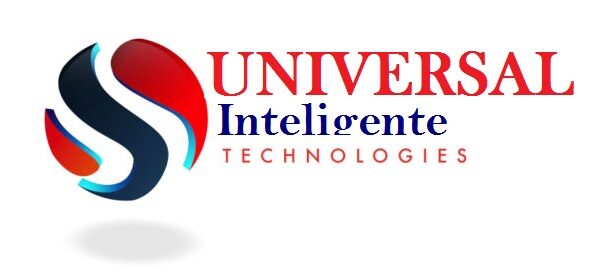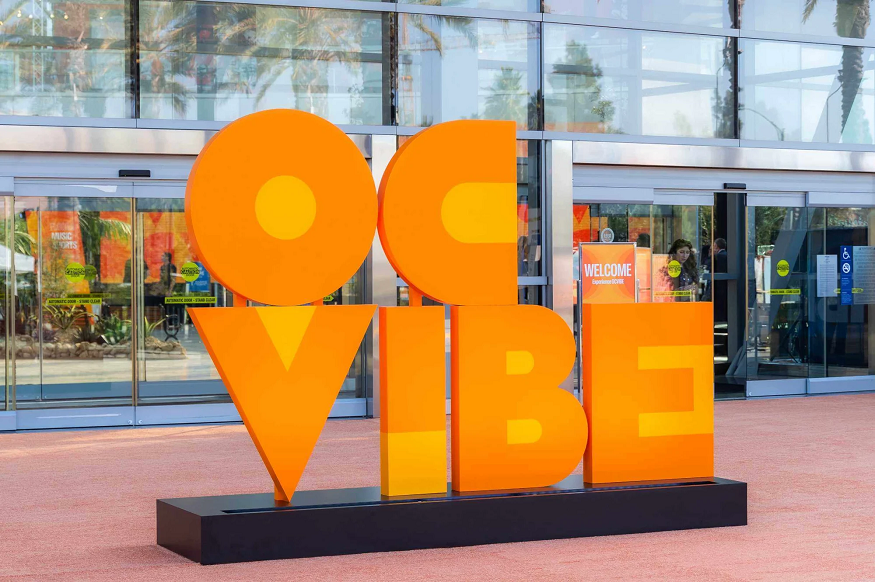Exhibit fabrication has evolved dramatically over the past few decades. What was once limited to wood, metal, and printed graphics now incorporates cutting-edge technology to create immersive, interactive, and visually stunning experiences. Technology plays a central role in modern exhibit fabrication, allowing designers and fabricators to transform concepts into reality with precision, efficiency, and creativity.
1. Digital Design and 3D Modeling
Technology begins at the design stage:
- 3D Modeling Software: Tools like AutoCAD, SketchUp, and Rhino allow designers to create detailed digital models of exhibits. This enables accurate visualization of layouts, structures, and spatial relationships before fabrication begins.
- Virtual Walkthroughs: Designers can simulate the visitor experience digitally, helping clients make informed decisions about space, flow, and interactive elements.
- Rapid Prototyping: 3D printing allows designers to create scale models of components to test fit, aesthetics, and functionality.
Digital design minimizes errors, reduces costs, and ensures that the final exhibit matches the creative vision.
2. CNC and Laser Fabrication
Modern fabrication techniques rely heavily on computer-controlled machinery:
- CNC Cutting: Precision cutting of wood, metal, acrylic, and composite materials enables complex designs and intricate patterns.
- Laser Cutting and Engraving: Laser technology creates clean, precise cuts and detailed engravings, which are difficult to achieve manually.
- Automation: These technologies increase efficiency, reduce material waste, and allow for consistent quality across large projects.
Using advanced fabrication machinery streamlines production and ensures high-quality results.
3. Interactive Technology Integration
Technology enhances visitor engagement through interactive elements:
- Touchscreens and Kiosks: Provide information, product demos, and interactive storytelling.
- Augmented Reality (AR) and Virtual Reality (VR): Immersive experiences allow visitors to interact with digital content overlaid on the physical exhibit or in a fully virtual environment.
- Projection Mapping: Turns walls, floors, or objects into dynamic displays that respond to movement, sound, or user input.
Integrating these technologies transforms static exhibits into interactive experiences that captivate audiences.
4. Digital Printing and Graphics
Technology has revolutionized exhibit graphics and branding:
- Large-Format Printing: High-resolution printers produce vibrant backdrops, banners, and signage with remarkable detail.
- Vinyl Wrapping and Dye-Sublimation: Allow for graphics on irregular surfaces, giving exhibits a seamless and professional look.
- Dynamic Displays: LED screens and digital signage can rotate messages or showcase multimedia content, keeping exhibits fresh and engaging.
Modern printing technology ensures exhibits are visually appealing and flexible for updates.
5. Lighting and Environmental Control
Lighting is critical to the success of an exhibit, and technology has enabled precise control:
- LED and Smart Lighting: Programmable lights can highlight specific areas, change colors, or react to visitor movement.
- Sensor Integration: Motion sensors, touch sensors, and interactive triggers enhance engagement by responding to visitor actions.
- Environmental Controls: Temperature, humidity, and airflow can be monitored to protect sensitive displays or artifacts.
Advanced lighting and control systems enhance aesthetics while improving visitor comfort and safety.
6. Project Management and Collaboration Tools
Technology also supports the organizational side of exhibit fabrication:
- Collaboration Platforms: Tools like Trello, Asana, or BIM 360 help teams manage tasks, share files, and communicate in real-time.
- Digital Scheduling: Tracking timelines, milestones, and deadlines ensures projects stay on track.
- Virtual Client Approvals: Clients can review digital renderings, animations, or prototypes remotely, reducing delays and revisions.
These tools streamline communication and improve overall project efficiency.
Conclusion
Technology has transformed modern exhibit fabrication, making it more precise, efficient, and interactive than ever before. From digital design and CNC fabrication to AR/VR experiences and advanced lighting systems, technology enables fabricators to create exhibits that are engaging, visually striking, and immersive. For businesses, museums, and event organizers, embracing technological innovations in exhibit fabrication is no longer optional—it is essential for delivering memorable and impactful visitor experiences.

